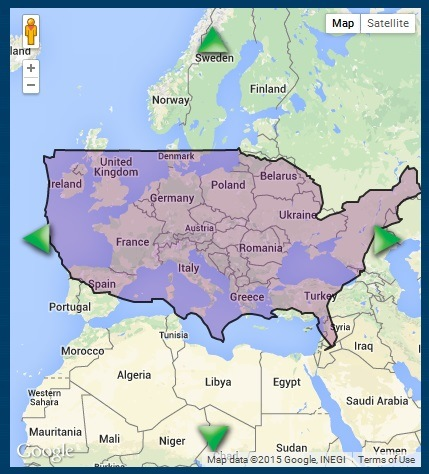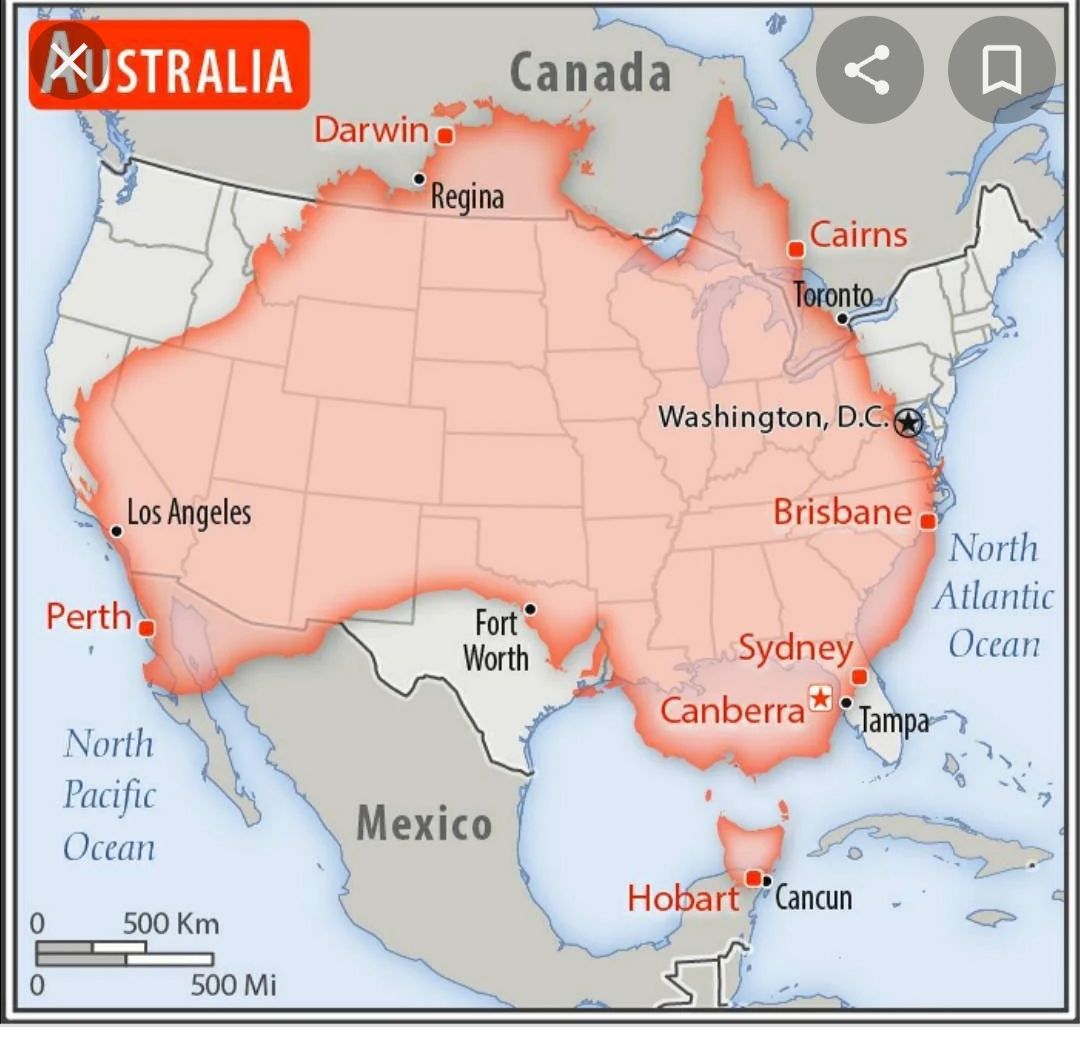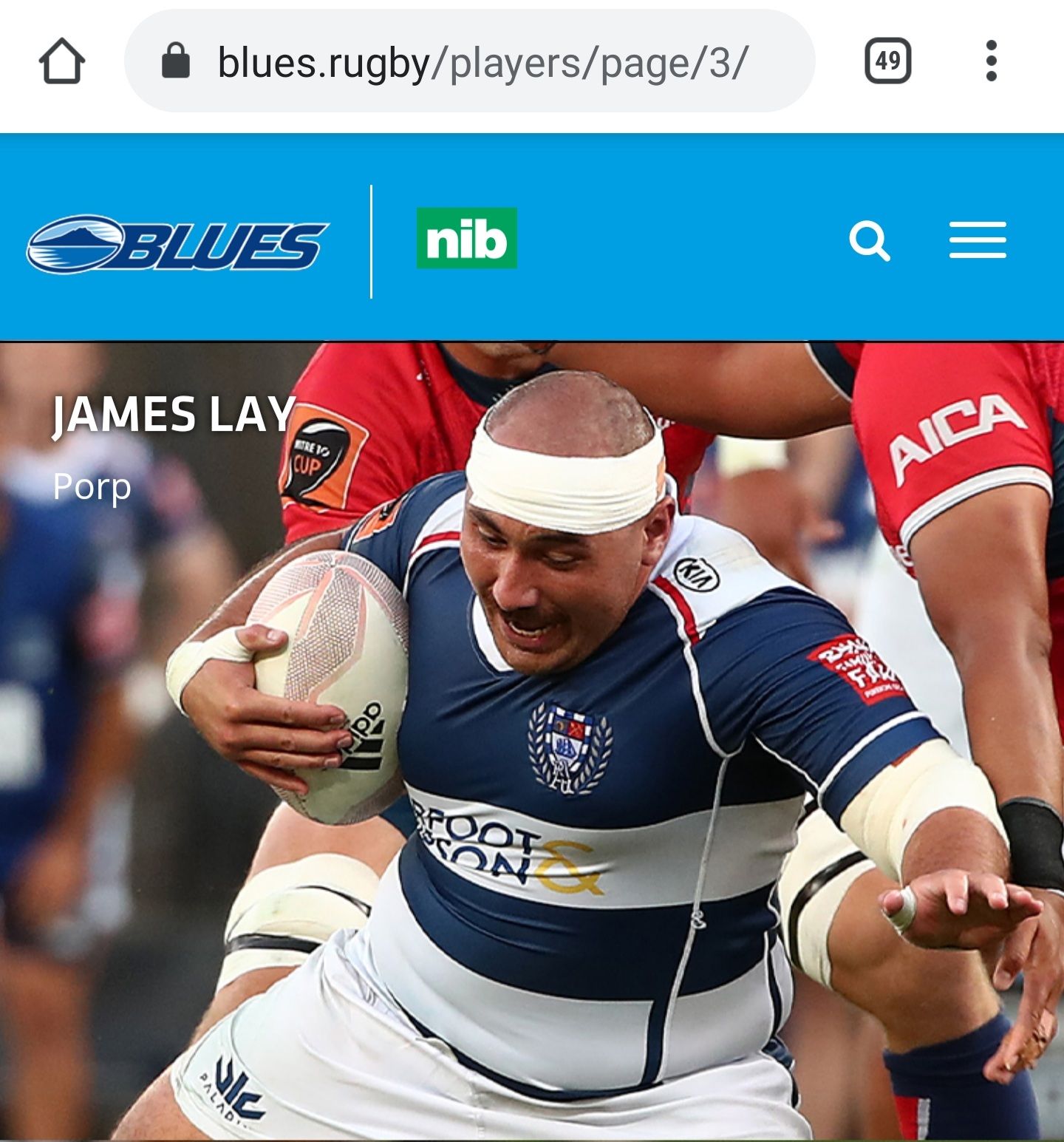@reprobate said in All Blacks Vs England, Twickenham:
@Mauss said in All Blacks Vs England, Twickenham:
I know there’s a lot of criticism on this forum towards the incessant turn to kicking by Barrett in this game, but, rewatching the game, I’d argue that the kick-option was the right choice a lot of the time, but it was Barrett’s mixed execution of his kicks which led to mixed outcomes. Charlie Morgan of The Telegraph already highlighted this example around the first minute of the game. Barrett, following an over the top lineout win by Savea, receives the pass around the halfway line and puts up a great wipers kick. The kick is regathered by Telea, who offloads to Ioane, leading to a linebreak and the England defence in disarray. Several Abs have realigned to the openside and this is the picture:
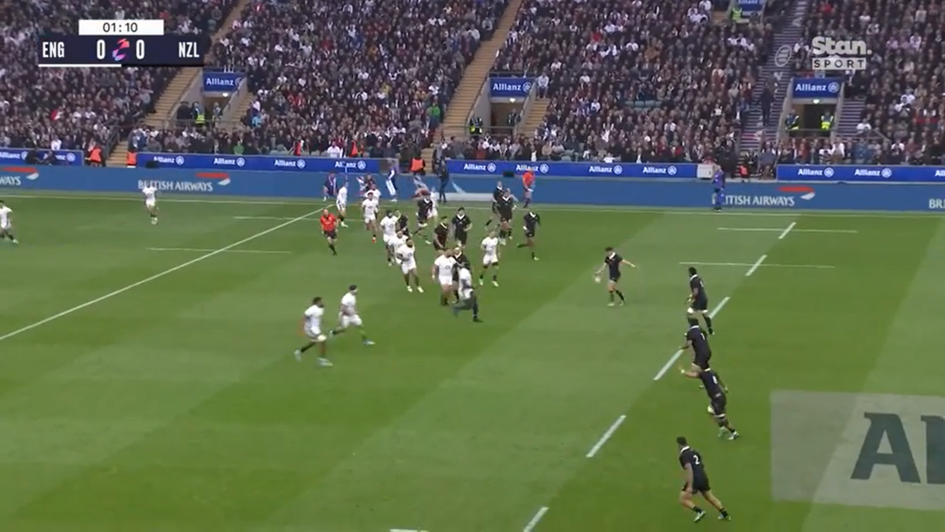
Caleb Clarke, who is out of frame here, is the target for the cross kick. Taylor and Savea are on his inside with only George Furbank covering the English backfield (Marcus Smith is all the way on the opposite side, with 14 English players being bunched up within 20 metres from each other).
What saves England is Itoje’s chargedown of Barrett’s kick, with Barrett probably needing to be just a little bit further back in order to avoid the oncoming rush defence.
Something very similar occurred early in the second half, where the kick option was the right call, only for the execution to fall just short. After Sititi rips out the ball and bats the ball back to Barrett around the 10-metre line, the latter passes to Clarke who breaks through the English defensive line. Following (another) great carry from Tuipulotu, Barrett has called for a kick, with multiple runners (Jordan, Jordie Barrett, Ioane, Telea) preparing to rush:
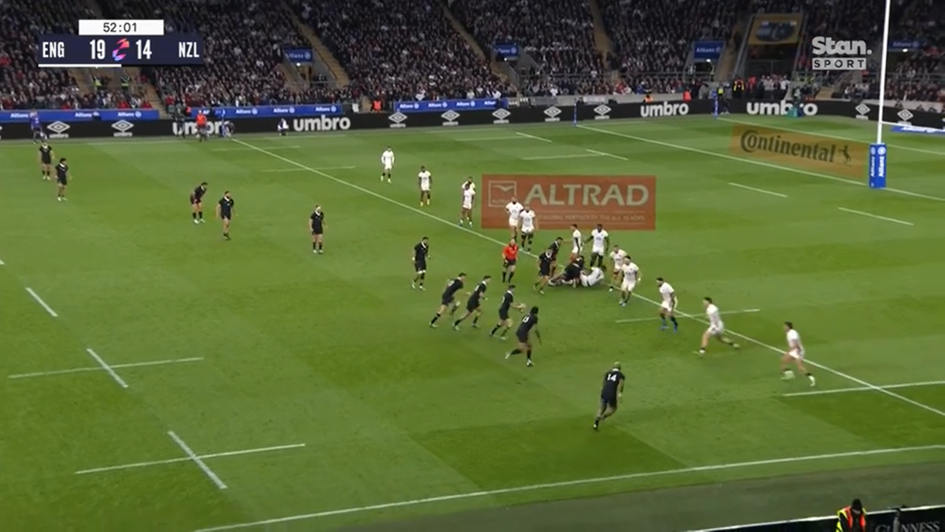
The kick is the best option here, as the defensive line is solidly set, yet only Marcus Smith (outside the frame) is covering the backfield, with Furbank up in the line. Barrett’s choice of kick, however, the grubber, is the wrong one, as there is very little space between the England defenders and they already know that a kick is coming following the body positioning of the Kiwi backs. The right choice, I’d argue, would be the short chip kick into the space between the English defensive line and Marcus Smith, allowing for either one of the All Black backs to regather or pressuring Smith as well as the potential counterruck. Again, Barrett needs to start just a few metres further back, rather than be so close to the line, in order to execute this option.
One of a first five-eights’ most important skills is their ability to orchestrate the space between his own outside backs and the opposition defenders. Taking a few extra steps forward in order to play flat and manipulate the speed of the defensive line against itself, or taking a few back in order to exploit the space behind, the first five’s orchestration of space through his own subtle movement is the key to a successful attack. Barrett has a great array of kicks at his disposal, but what he often still lacks is his feel for the defensive line. A bit more detail around his own positioning, and the ABs’ attack could’ve been a lot more efficient at Twickenham.
It is nice to have some actual rugby talked. I'm late to the party, but am definitely a critic of kicking the ball away. That first pic is a clear overlap, and I reckon kicking it away is criminal. As per others, McKenzie makes the wide pass and we either score or are hot on attack still with possession. The solution is not Barrett standing deeper and being more telegraphed in kicking away attacking possession, it's having a passer at first receiver.
A long pass isn't that much higher percentage play than the kick pass, and has it's own risks - so much harder to run onto with correct timing, risk of throwing behind the ballcarrier slowing momentum, risk of arcing it too high leading to defense arriving at the same time as the ball - all momentum and territory killers. Not much chance of an intercept in this scenario, granted.
The kick pass, executed correctly, gives the same result as the long pass but with an extra 10-20m of field position, with time to adjust the pace of the receiver onto the ball to maximise territory gain. The risks are pretty evident, but teams nowadays are quite happy defending that deep in enemy territory - the most likely result of turning the ball over is an exit kick leading to a set piece (good attacking option) at or beyond halfway.
The 2nd pic, we are hot on attack on their 22. The best option isn't kicking the ball away, it's keeping ball in hand and attacking - save the 'might score in a single phase but more likely will lose possession' kick for when you have a penalty advantage. The grubber didn't work because as they often do, it hit something. A chip may well have been marked - they often are. And that freeze frame I think would look pretty damn similar to one in the 75th minute just prior to the game tying try, with McKenzie instead of Barrett and Jordan instead of Ioane - if anything there are less defenders here - and that's without considering the space on the open.

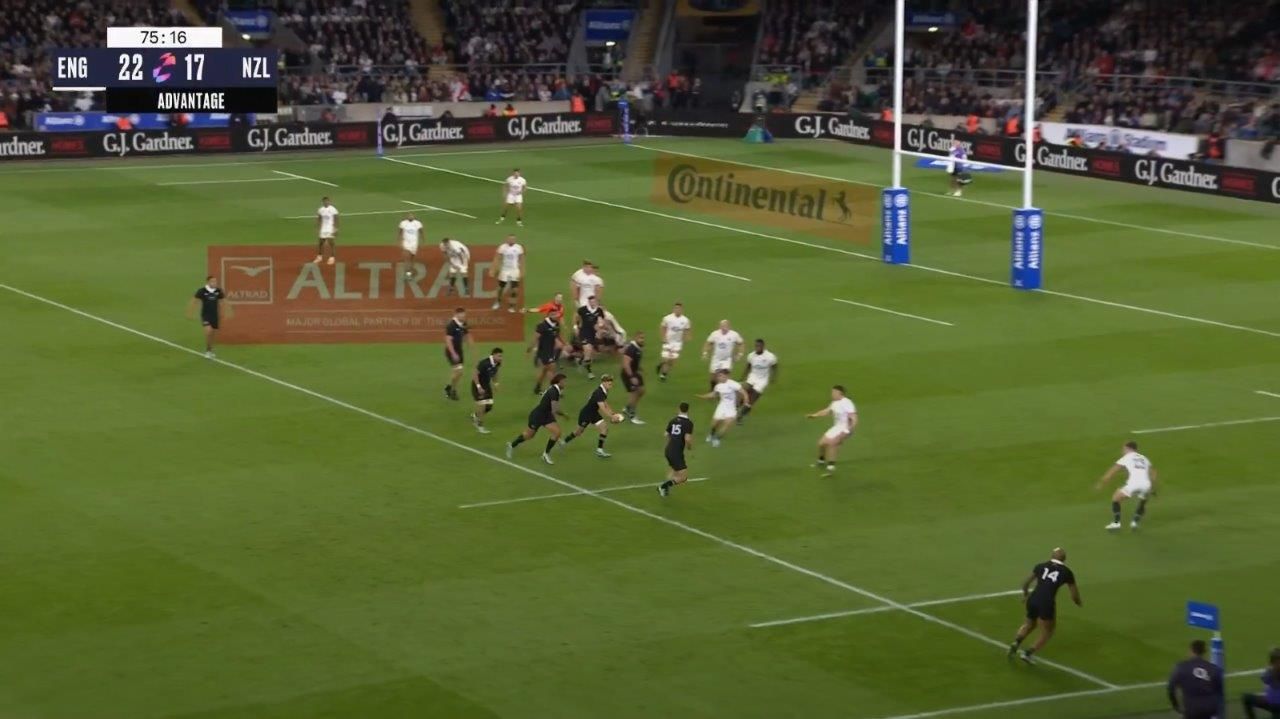
Here's your freeze frame, since you couldn't be bothered to find it yourself: 7-10m closer to the line, 2.5 support runners instead of 4, 3.5 defenders instead of 4.5 - very different picture. McKenzie shapes to kick, the defense turns as they're expecting the kick (because of varied tactics earlier?), and then have to readjust to the pass - excellent vision by McKenzie but Jordan and Telea did incredibly well after that.
I agree grubber was the wrong option, a chip would've been a higher percentage play, but kick was certainly the play.
Look at how we scored our tries: Sititi offloads to Telea. Jordan runs a great line off a Barrett switch. The disallowed one for the deliberate knock-on, passing beating the man. McKenzie hitting Jordan on his outside shoulder freeing Telea up just enough. By contrast, most of our 'clever' kicks simply turned over possession. You can of course argue that with better implementation that wouldn't be the case - but I reckon we've seen more than enough to know that these are not high-percentage plays for us.
Skill improvement needed yes. Tactically sound decisions though, also yes.

